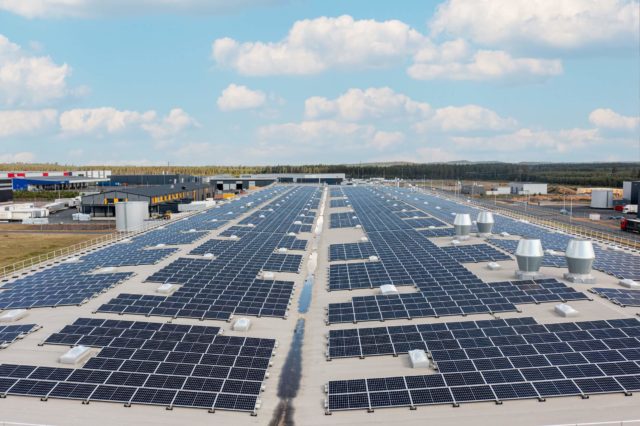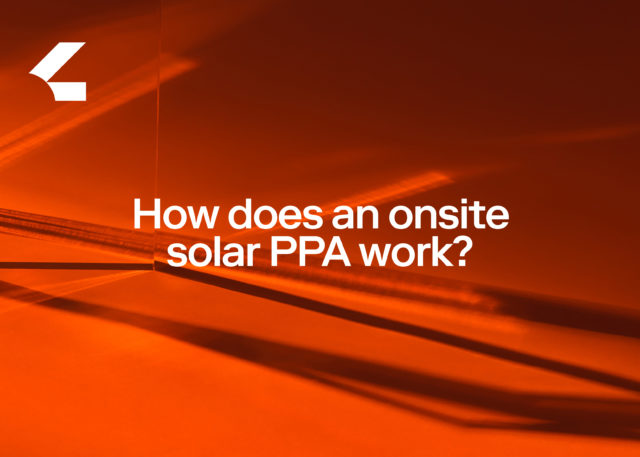4. Onsite solar capitalizes on unused space
With onsite solar, you can capitalize on space that can’t be used for other purposes, such as your roof or your carport. Why is that important? As more and more utility scale wind and solar projects are being deployed, there is a growing tension between decarbonizing the economy and protecting land and threatened species. Onsite solar can help alleviate that tension, since it allows you to use spaces that typically have no alternative use. This means that we can keep agricultural land, fragile habitats, and natural areas intact while at the same time accelerating renewable energy deployment and decarbonization.
An additional land conservation benefit of onsite solar is that it produces electricity close to where it’s consumed. As a result, it reduces transmission losses on the grid as well as the need for new transmission infrastructure, which can have a negative impact on farmland and ecosystems. In fact, a growing number of corporations now see onsite solar as a prerequisite for buying power from offsite projects. After all, you need to make sure that you do what you can with your own space before using someone else’s.
In addition, having solar panels on your site also helps with social acceptance, which is an important enabler for the energy transition as a whole.
5. Onsite solar is reliable: A part of the “future site”
One year into Russia’s invasion of Ukraine, the European energy landscape has changed dramatically and energy security has become a top priority for governments and businesses alike.
Pairing your onsite solar installation with battery storage can act as a sunshine insurance, allowing the stored power to be dispensed when power demand and prices are high and when solar generation is low. You can also use it as a back-up source of energy during power outages.
In addition, we’ll soon see increasing integration of smart technologies to your solar-plus-storage systems, making it even more impactful. For example, the battery charge and discharge can be determined depending on weather forecasts, electricity prices or grid constraints.
Furthermore, when the smart technologies are also connected to the power consuming activities at your site, such as EVs that can also serve as power storage themselves, you’ll be taking the first steps towards a truly decentralized grid.
6. It’s a mature market with established business models
The solar market has undergone remarkable growth during the past few decades and today it’s a mature market with standardized technology and well-established business models.
Depending on your risk appetite and the amount of resources you’re willing to invest, you can be sure to find the right solutions to support you in your rollout. The two most common business models available in the market today are CAPEX, where you invest your own money and own the solar installations yourself, and Power Purchase Agreements (also called solar-as-a-service), where you rely on a third party to finance, develop, install and operate your solar installations.
If you’re keen to get started building onsite solar into your company’s renewable energy strategy, or simply have more questions, visit www.alight-energy.com/onsite-solar or get in touch directly.
*Onsite solar is when solar panels are installed on your company’s site — be it a rooftop, carport, or nearby land — and the energy they produce is consumed at your site, or “behind the meter.” This is in contrast to “offsite solar,” where a utility scale solar farm is built and connected into the grid.


